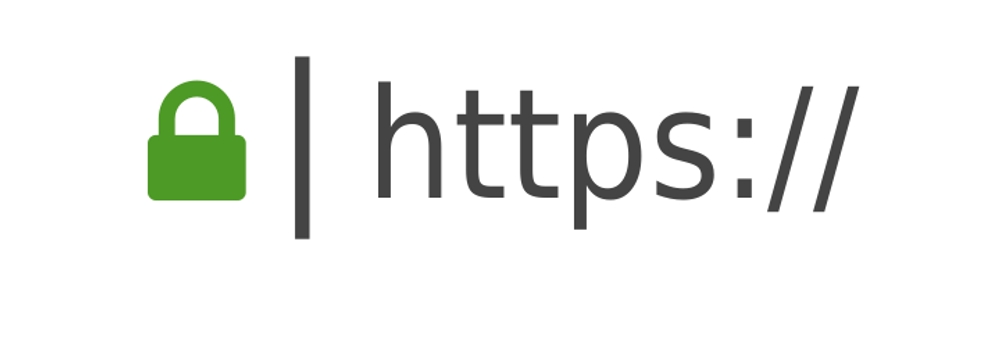Published
- 2 min read
Enable HTTPS on local, even with a customizable domain

Normally, when you’re debugging your web app on local, you can access it with either http://localhost:PORT or http://127.0.0.1:POST.
The POST might be 8080 or 3000 or what’s ever.
But sometimes you might need to access your local web app with https, like https://localhost:8080. So you search online
with local https, tons of posts/tutorials teach you how to generate self-signed SSL certificate and assign to your localhost.
As an app developer, you might feel it’s too complicated and don’t want to spend half an hour on it.
So here I found the easiest way to achieve this with just one small tool and 1 line command, without changing anything in your actual app.
This tool is (local-ssl-proxy)[https://www.npmjs.com/package/local-ssl-proxy] , it is an open sourced npm package. so you can just install it by running
npm install -g local-ssl-proxy
Then you can just access your local web app with this command(let’s assume the app is running on 8080 port):
local-ssl-proxy -s 8081 -t 8080
In this way, your web app’s url will be https://localhost:8081. And you can still access your app from the original http url and port.
The -s is the port that the app will be proxies to, the 8080 is the actual port your app running on.
what’s more?
If you don’t like to use the localhost, or you have to assign as domain to your local app. you can simply make it with 2 more steps.
-
add a line in your computer’s hosts file.
- if you are on Windows, the hosts file’s path is
c:\windows\system32\drivers\etc\hosts - on Mac and Linux the path simply is
/etc/hosts - you need Admin/root privilege to modify it
The line would be
127.0.0.1 YOUR_DOMAINThe
YOUR_DOMAINcan be anything, you don’t even register the domain, because it only works on your computer.But don’t use some famous one like youtube.com or google.com, some browser would block it.
Let’s say we use the
hank.momanein below example. - if you are on Windows, the hosts file’s path is
-
Then run the proxy like this:
local-ssl-proxy -s 443 -t 8080 -n hank.momane
So by using the SSL port 443 and an extra parameter -n, now you can access your
app via https://hank.momane.